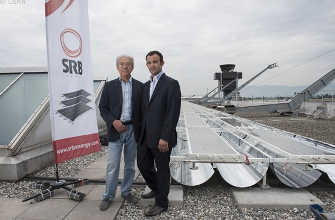Tisa Yonts
New Member
- Joined
- Jul 17, 2020
- Messages
- 2
Hi everyone,
Don’t know anything about solar power but am looking for help to make sure I get the right system for a tiny tiny house that will need to be heated through a Northern Idaho winter.
I want to buy a plug and play solar powered generator that can power as many of the following as possible for a small trailer sized tiny house: Fridge/freezer
Lights
Envi electric Heater
Fan
Water pump
Air filter
Charge phone and computer
I saw in your list bluetti -a generator Ive been considering. From what I can see it can draw 1000 watts from a 2400 watt an hour battery. I’ve also been considering the Patriot Power Generator 1800 which can handle 3,048 watts peak power. But it says it can generate up to 1500 continuous watts. So it’s all Greek to me. That’s why I’ve come here.
thanks so much?
Don’t know anything about solar power but am looking for help to make sure I get the right system for a tiny tiny house that will need to be heated through a Northern Idaho winter.
I want to buy a plug and play solar powered generator that can power as many of the following as possible for a small trailer sized tiny house: Fridge/freezer
Lights
Envi electric Heater
Fan
Water pump
Air filter
Charge phone and computer
I saw in your list bluetti -a generator Ive been considering. From what I can see it can draw 1000 watts from a 2400 watt an hour battery. I’ve also been considering the Patriot Power Generator 1800 which can handle 3,048 watts peak power. But it says it can generate up to 1500 continuous watts. So it’s all Greek to me. That’s why I’ve come here.
thanks so much?




